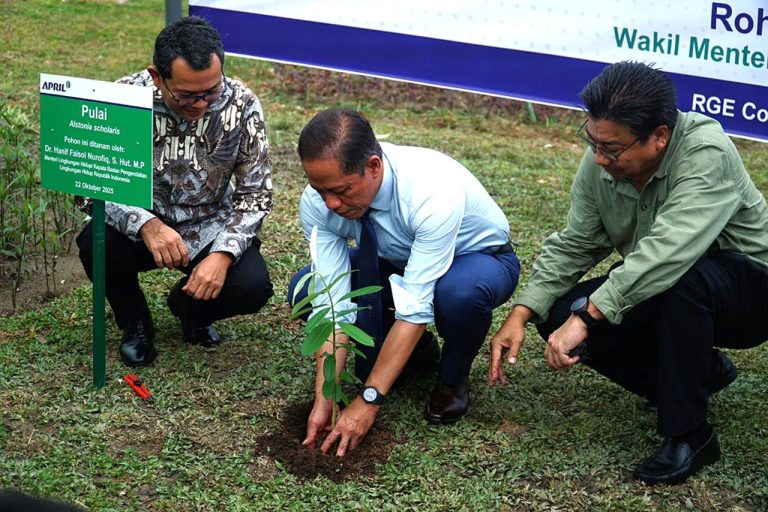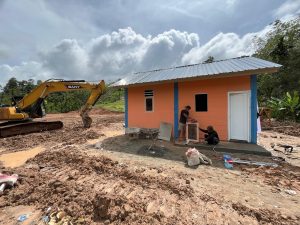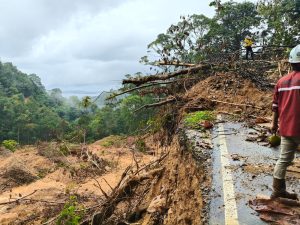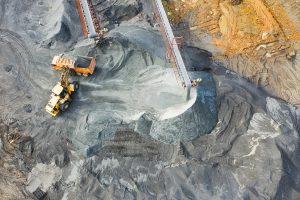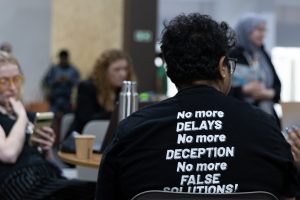Jakarta — The Minister of Environment stated that Indonesia is positioning itself as a leader in tropical peatland restoration as part of its commitment to climate action. The statement was made during the AsiaFlux Conference 2025, held in Riau province on Thursday, October 23, a scientific forum that brings together researchers, policymakers, and environmental practitioners from 29 countries.
Minister of Environment and Head of Environmental Control Agency (BPLH) Hanif Faisol Nurofiq said that “peatland restoration is not merely a technical task—it is the foundation of national climate resilience. Success in restoration comes when science meets local wisdom—when communities are not just beneficiaries but stewards of their ecosystems.”
Over the past decade, Indonesia has rehabilitated more than 24.6 million hectares of land, including 4.16 million hectares of rewet peat ecosystems, the ministry said. The government has also constructed 45,000 canal blocks and reintroduced native tree species such as jelutung, ramin, and balangeran.
To strengthen the scientific foundation of peatland recovery, the Ministry of Environment/BPLH applies the Peat Hydrological Unit (KHG) approach supported by SiPPEG, a digital system that monitors peatland conditions in real time. This data-driven approach—combined with local wisdom—has created adaptive governance models aligned with social and ecological realities on the ground.
Beyond an environmental project, peatland restoration has evolved into a nationwide collaborative movement. Through the Desa Mandiri Peduli Gambut (DMPG) program, 1,100 villages now manage their ecosystems actively, with women and youth leading green economy initiatives such as stingless bee honey production, natural fibre crafts, and eco-tourism enterprises.
These initiatives align with Indonesia’s 2025–2029 National Medium-Term Development Plan (RPJMN) and the FOLU Net Sink 2030 target (mitigation through greenhouse gas emission reduction in forestry and other land uses), positioning peatland restoration as a cornerstone of climate, social, and economic resilience. The KLH/BPLH’s science-based approach demonstrates how nature restoration can become a strategic investment toward a low-carbon economy. (nsh)
Banner photo: Ministry of Environment

